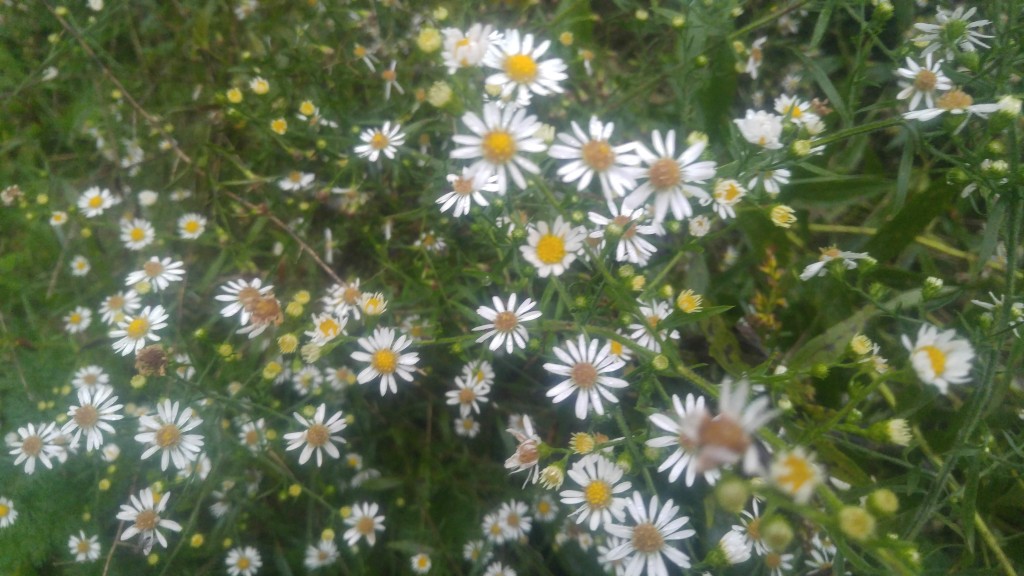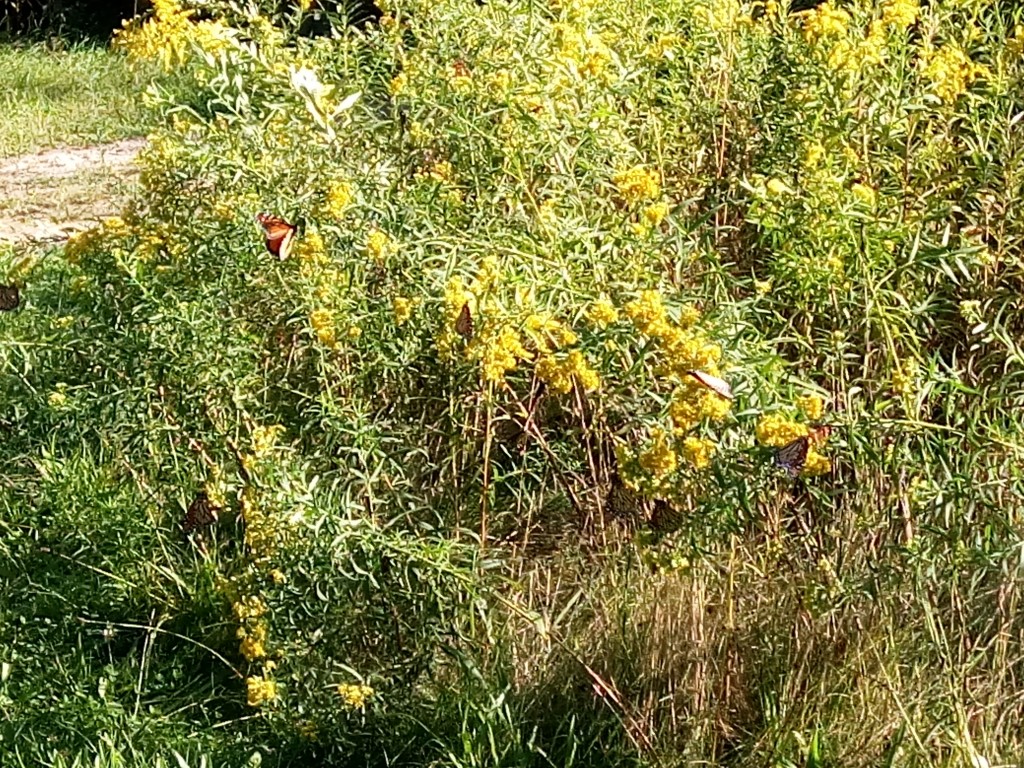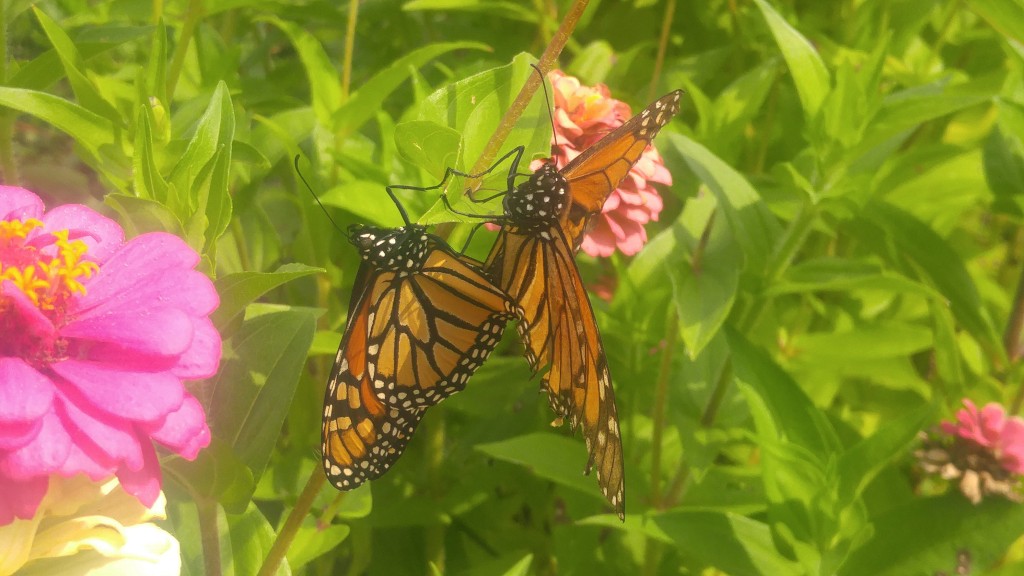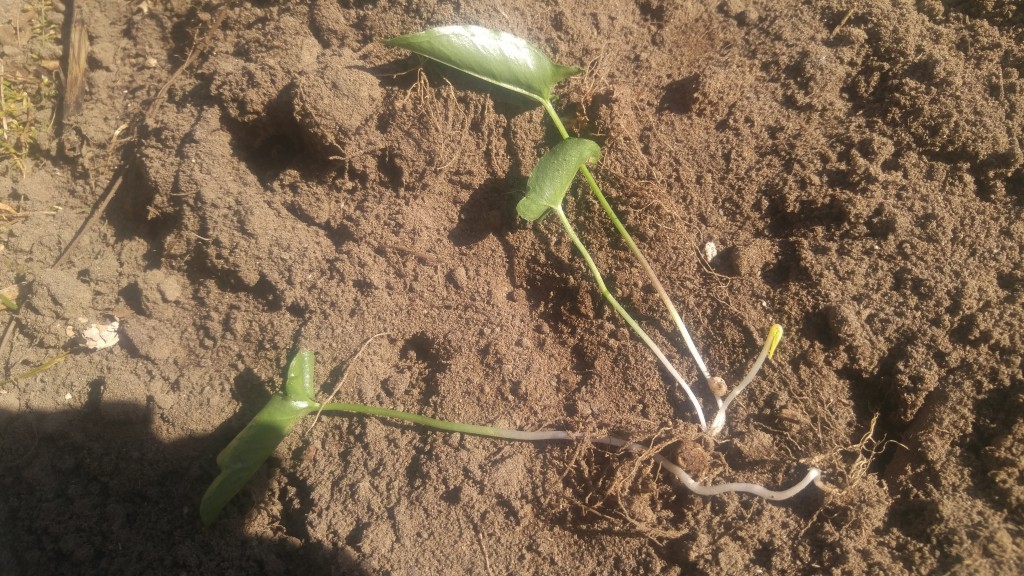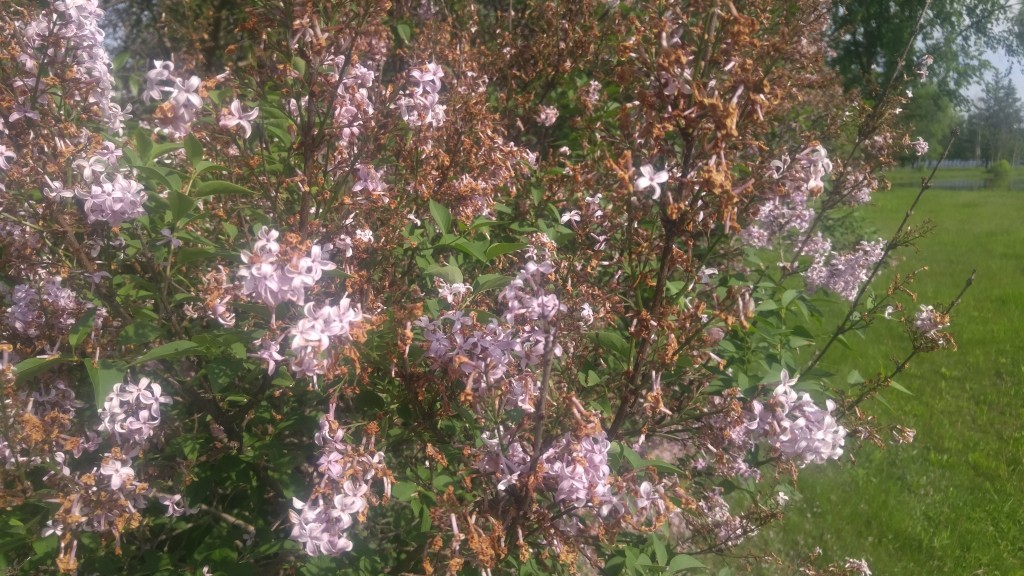Beginning gardeners may not realize that all of those beautiful tulips and daffodils that we see in the spring started out as bulbs that were planted in the fall.
Why couldn’t someone just get some bulbs and plant them in the spring like a potato and let them grow and bloom? Plants need certain conditions in order to grow and reproduce.
Flowering is part of the reproductive process, a distinct part of the life cycle of a plant. In order for that to happen, some plants require a cold period of a certain length. Bulbs need at least 12 weeks or even longer in order for the reproductive process to be triggered. Horticulturists call this cold treatment of plants “vernalization”.
Bulb producing plants that are planted in the fall are sometimes called “hardy bulbs”. Spring flowering bulbs like tulips, daffodils, crocus, hyacinths and many others fall into this category.
With just a few exceptions, all hardy bulbs should be planted in a well drained site where no standing water occurs at any time. If they’re kept high and dry, they will be more likely to survive from year to year.
I’ve had very little success in keeping a population of tulips going for any more than a few years even in sites that seemed to be perfect. However, years ago I had one small planting that did quite well in a sandy spot with very little topsoil. Daffodils and other bulbs are a different story, they can establish themselves permanently much easier.
Bulbs often come with instructions on the package on how how deep to plant and how far apart. The instructions will say something like, “plant the bulbs six inches deep”. Even gardening books and websites give the same advice. But what does that mean? Six inches to the bottom of the bulb or to the top of the bulb?
If the directions say “six inches deep”, that means the bottom of hole itself is about six inches deep. So larger bulbs like daffodils or tulips get covered with about four inches of soil. Small bulbs are planted shallower and are covered with about two inches of soil.
It may seem like a simple detail but always plant bulbs right-side up with the root end at the bottom and the top facing up, not sideways or upside-down.
There are gardeners who like to dig out the entire bulb planting area to the required depth and place their bulbs where they want them in the dug out area. They then cover everything back up. This works fine if the soil in the area has good tilth and is easy to dig. How big an area that is practical mostly depends on the gardener’s stamina.
Most gardeners prefer to dig small individual holes for each bulb. Many kinds of tools have been invented for this chore but the humble garden hand trowel is still the most used.
A garden knife or “hori-hori” works great to cut through plant roots in the soil. This one has depth markings.
Before planting, open up your package of bulbs and place each on the surface where you intend to plant it. To most people, bulbs look best if they are placed to look like they came up on their own rather than in straight rows. Resist the suggestion to toss the bulbs randomly to achieve that result, bulbs are somewhat fragile and may be bruised when dropped.
Place the bulbs in the spots where you intend to plant them. Here’s a mix of tulips and daffodils.
Once you’ve decided on a planting scheme, dig a hole to the proper depth and place the corresponding bulb at the bottom of the hole and cover it up. After a while you get a feel for it and will fall into a rhythm so the job is not so tedious.
If you are planting thousands of bulbs like I used to do, you may have to break out the big guns to help you with the job. An electric or gas powered drill with a two-and-a-half or three inch diameter soil auger chucked into it is a good investment for large expanses of bulbs.
Happy gardening! Bob
